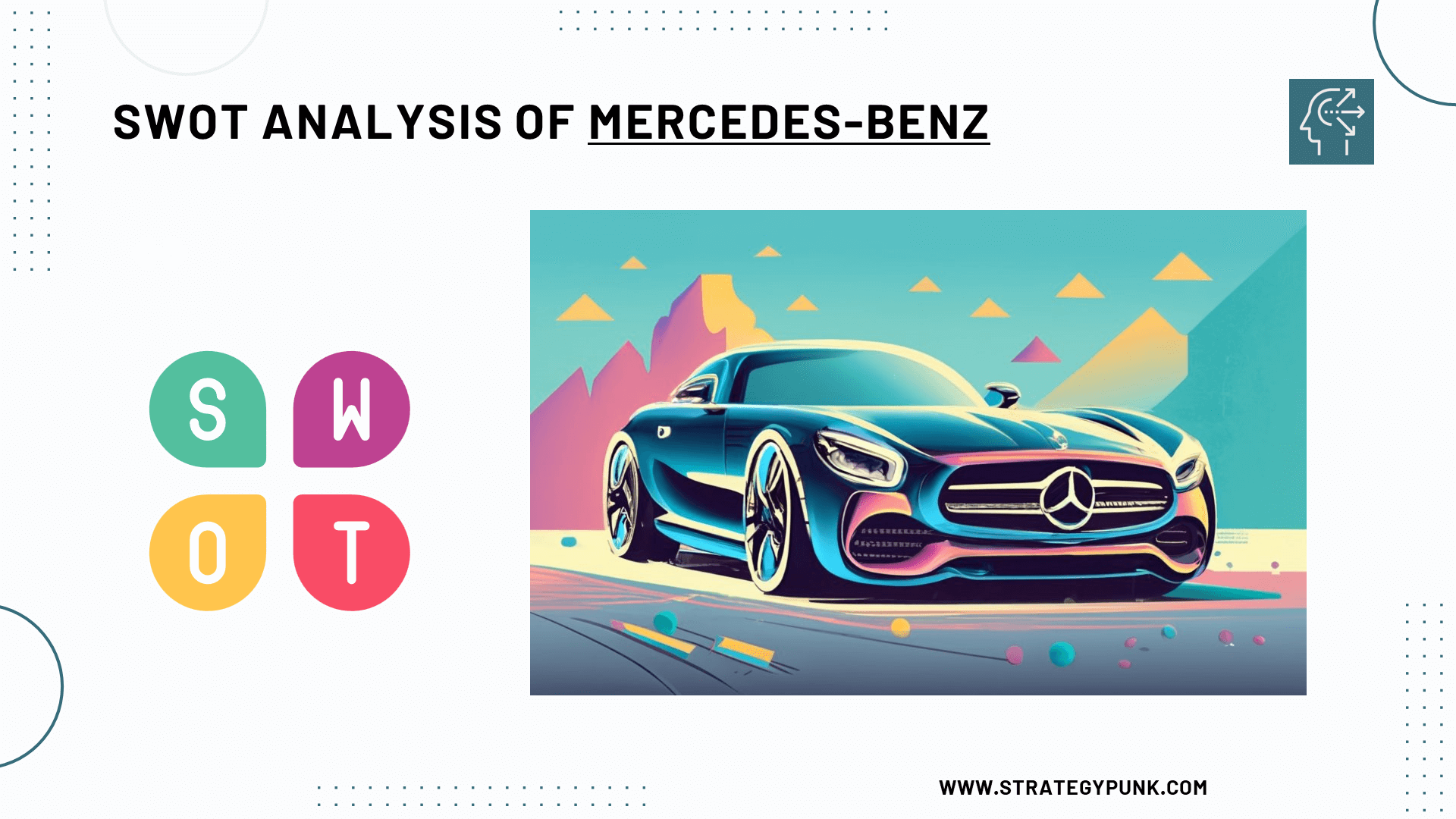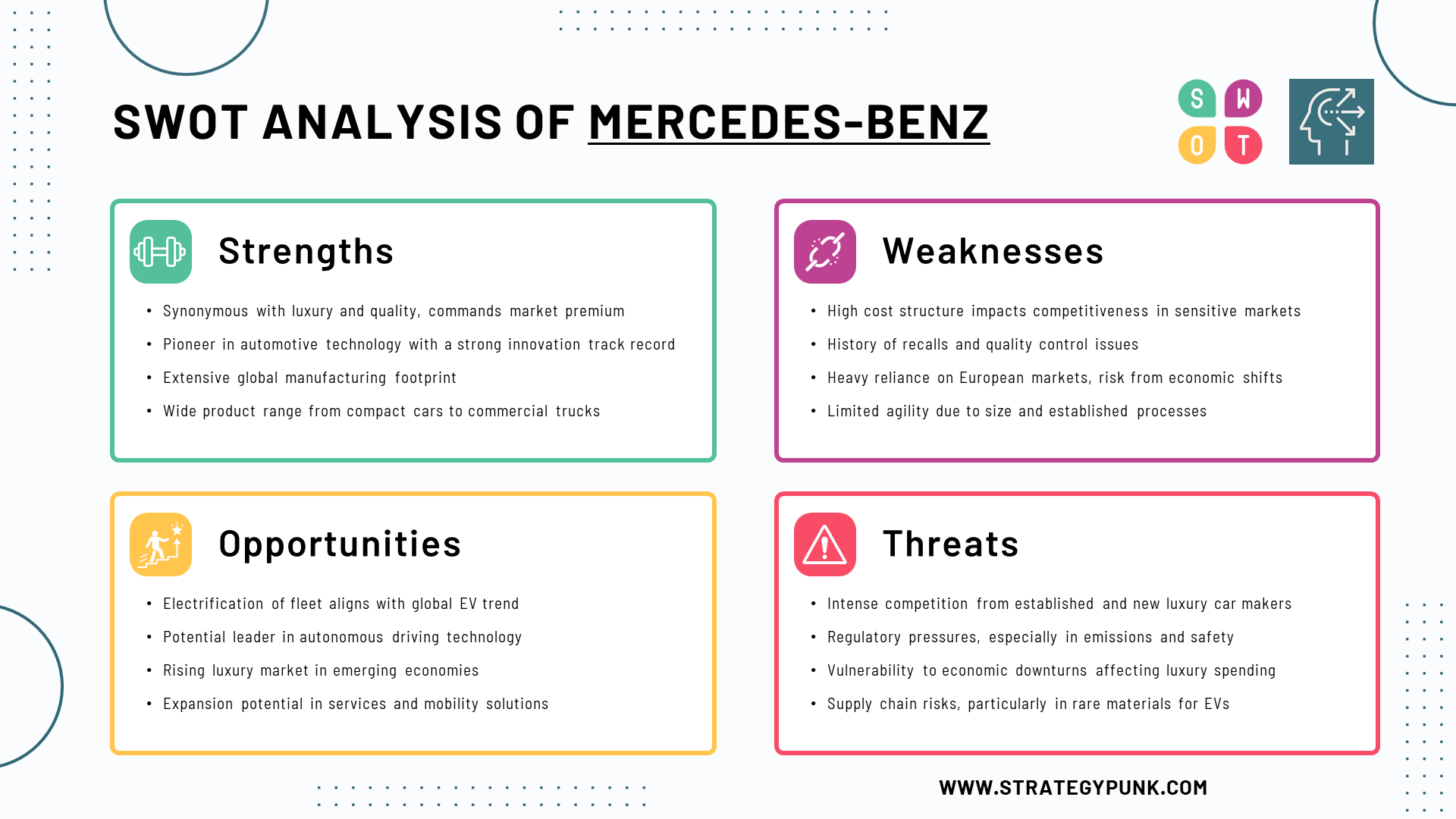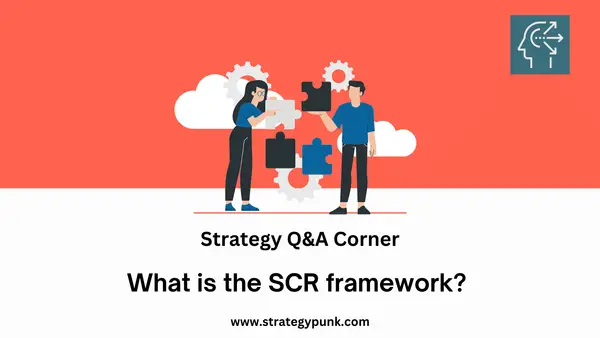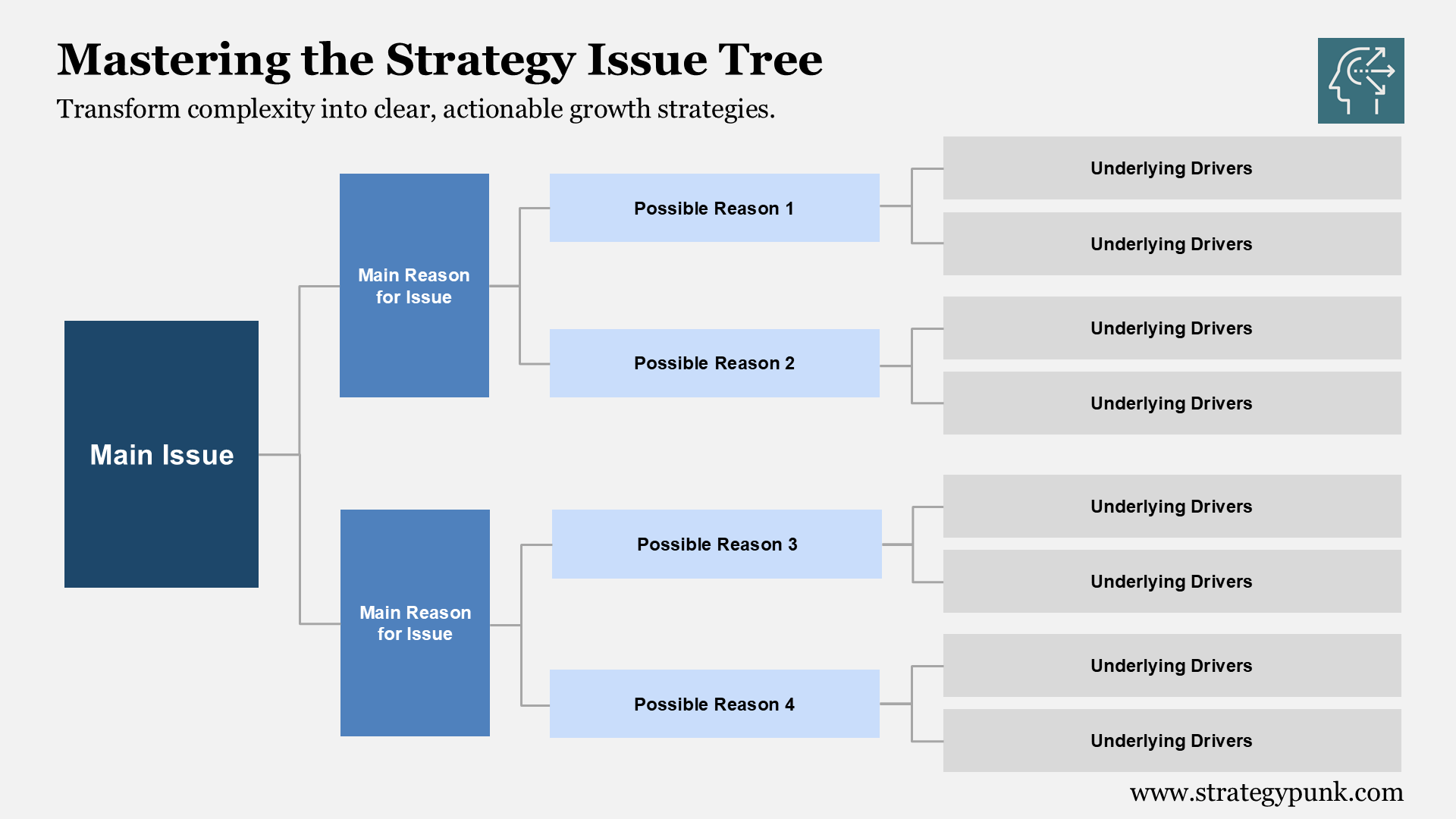SWOT Analysis of Mercedes-Benz: Free Templates and In-Depth Insights 2025
In the ever-evolving landscape of the luxury automotive industry, Mercedes-Benz continues to be a beacon of excellence and innovation. Our latest SWOT Analysis for 2025, available as a free PowerPoint download, meticulously examines the brand's current standing and future trajectory.

Introduction
Mercedes-Benz is one of the world's most iconic and recognizable automotive brands. Founded in 1926 and headquartered in Stuttgart, Germany, Mercedes-Benz has a long history of innovation, luxury, and high performance.
As an established leader in the premium car segment, Mercedes-Benz continues to set new design, technology, and customer experience standards.
With our free PowerPoint SWOT Analysis of Mercedes-Benz download, gain access to a wealth of knowledge that encapsulates the essence of Mercedes-Benz's strategic environment.
Whether you're a business student, an industry analyst, or an automotive enthusiast, these slides will help you understand and leverage the dynamics of the luxury car market in 2025.
What Is SWOT Analysis?
SWOT Analysis is a strategic framework for evaluating a business venture's strengths, weaknesses, opportunities, and threats.
It helps in understanding internal and external strategic factors.
Conducting a SWOT analysis helps identify strategic insights for capitalizing on opportunities, countering threats, building on strengths, and eliminating weaknesses.
It is an essential tool for strategic planning and decision-making.
Introduction to Mercedes-Benz
Mercedes-Benz, with its three-pointed star logo, is more than just a car manufacturer. It's a brand that represents heritage, luxury, and cutting-edge technology.
Mercedes-Benz is part of Mercedes-Benz Group AG, one of the world's largest producers of premium passenger cars and commercial vehicles.
The Mercedes-Benz brand includes luxury vehicles, sports cars, SUVs, and electric vehicles under the Mercedes-AMG, Mercedes-Maybach, Mercedes-EQ, and Mercedes-Benz sub-brands.
Focusing on innovative technologies, safety, environmental responsibility, and distinctive design, Mercedes-Benz aims to shape the future of mobility and continue leading the premium automotive segment.
A Brief Look at the History of Mercedes-Benz
Mercedes-Benz's origins date back to the late 19th century, when German engineers Karl Benz and Gottlieb Daimler invented revolutionary automobiles.
Their independent work on developing the gasoline-powered automobile laid the foundation for the modern car industry.
The merger of their companies in 1926 established Mercedes-Benz, which rolled out its first vehicle bearing the Mercedes-Benz name — the Mercedes-Benz "Stuttgart" 260 D model — in 1926. Over the decades, Mercedes-Benz introduced several breakthrough innovations, including crumple zones, an anti-lock braking system (ABS), airbags, and collision prevention systems.
Today, Mercedes-Benz continues this legacy of innovation with industry-leading research and development.
Mercedes-Benz Financials 2023
In 2023 (2024 numbers not published yet), Mercedes-Benz Group AG reported revenues of €153.2 billion, a 2% increase from €150.0 billion in 2022. The Group's Earnings Before Interest and Taxes (EBIT) stood at €19.7 billion, slightly down from €20.5 billion the previous year. Source: Mercedes-Benz Group
The Mercedes-Benz Cars division achieved an adjusted Return on Sales (RoS) of 12.6%, while Mercedes-Benz Vans recorded an adjusted RoS of 15.1%. Mercedes-Benz Mobility reported an adjusted Return on Equity (RoE) of 12.3%. Source: Yahoo Finanzen
This performance reflects the company's strategic emphasis on producing desirable cars and vans and stringent cost management, enabling resilience amid supply-chain challenges and global economic uncertainties. Source: Mercedes-Benz Group
In terms of sales, Mercedes-Benz Cars and Vans delivered a combined total of 2,491,800 vehicles in 2023, marking a 1.5% increase. Notably, battery electric vehicle (BEV) sales surged by 61% to 240,700 units, up from 149,200 in 2022. Source: Yahoo Finanzen
Mercedes-Benz Group AG's 2023 financial results underscore its commitment to luxury vehicle production and effective cost control, ensuring solid performance in a challenging market environment.
In-depth SWOT Analysis of Mercedes-Benz 2025

Mercedes-Benz’s Strengths
- Brand Prestige: Mercedes-Benz is synonymous with luxury and quality, commanding a premium in the market.
- Innovation Leadership: A pioneer in automotive technology, Mercedes-Benz has a strong track record of innovation.
- Global Manufacturing Footprint: Mercedes-Benz has a global presence with production facilities worldwide.
- Diverse Product Portfolio: Mercedes-Benz offers a wide range of products, from compact cars to commercial trucks.
Mercedes-Benz’s Weaknesses
- High-Cost Structure: The focus on quality and luxury translates into higher costs, affecting competitiveness in price-sensitive markets.
- Recalls and Quality Control Issues: Despite its reputation, Mercedes-Benz has faced recalls and quality control challenges.
- Dependence on European Markets: A significant portion of sales comes from Europe, making it susceptible to regional economic fluctuations.
Mercedes-Benz’s Opportunities
- Fleet electrification: The shift towards EVs presents a significant opportunity for Mercedes-Benz to lead in a new market segment.
- Autonomous Driving Technology: Advancements in self-driving technology could open new revenue streams for Mercedes-Benz.
- Growing Luxury Market in Emerging Economies: Rising incomes in Asia and other regions could boost demand for luxury vehicles.
Mercedes-Benz’s Threats
- Intense Competition: The luxury car market is highly competitive, with players like BMW, Audi, and new EV manufacturers.
- Regulatory Challenges: Stricter environmental regulations could impact production and costs.
- Economic Downturns: Luxury car sales are often hit hardest during economic downturns.
Mercedes-Benz SWOT Analysis Summary
Mercedes-Benz is a colossus in the automotive world, blending strengths and weaknesses. It faces a landscape of opportunities and threats.
Its commitment to luxury, quality, and innovation has kept it at the forefront of the industry. Mercedes-Benz possesses strong product appeal, brand equity, and financial strength.
However, it faces risks from market fluctuations, regulations, and competition. Leveraging R&D investments, focusing on sustainability, and having a global footprint can help Mercedes-Benz capitalize on emerging opportunities. However, the company must also counter threats by enhancing efficiency, expanding strategically, and delivering an unmatched customer experience.
Regular SWOT assessments will enable Mercedes-Benz to fine-tune its strategies continually.
Internal Factors
Brand and Innovation Capabilities
- Mercedes-Benz has built a strong global brand over decades based on engineering excellence, innovation, luxury, and high performance. This gives it a competitive edge.
- The company is recognized as a leader in automotive innovation, pioneering breakthroughs in safety, comfort, design, and sustainability. Its focus on R&D helps drive new technologies.
Diverse Product Portfolio
- Mercedes-Benz offers a diverse portfolio of vehicles, including sedans, SUVs, sports cars, vans, trucks, and electric cars under various brands and sub-brands. This caters to different customer segments.
- Frequent new product launches and portfolio expansion aid growth and allow adaptation to changing consumer preferences.
Global Presence and Scale
- With production facilities, sales networks, and service centers worldwide, Mercedes-Benz has achieved global scale and presence across key markets.
- This global footprint provides proximity to customers worldwide and allows leveraging growth opportunities across markets.
External Factors
Opportunities in New Technologies
- Emerging technologies like electric mobility, autonomous driving, connected vehicles, and shared mobility present significant opportunities for growth and innovation.
- Investing in these futuristic technologies can help Mercedes-Benz cater to changing consumer preferences and differentiate itself.
Opportunities in Emerging Markets
- Developing economies with rising disposable incomes offer the potential for increasing demand for luxury vehicles.
- Focusing on these markets, especially China and India, can boost Mercedes-Benz's sales and revenue.
Competitive Intensity
- The premium auto market is highly competitive, with established rivals like BMW, Audi, and Lexus competing for market share.
- Maintaining technology leadership and brand appeal is key to countering competition, retaining market share, and attracting new customers.
Frequently Asked Questions
What is the SWOT analysis of a car company?
A SWOT analysis of a car company involves examining the Strengths, Weaknesses, Opportunities, and Threats that affect the company's operations and market position.
The success of a car company in the current market will depend on its ability to adapt to changing consumer preferences, embrace new technologies, and navigate economic and regulatory pressures.
How does Mercedes-Benz respond to threats from competition and regulation?
Mercedes-Benz is in a tough spot, grappling with stiff competition from luxury car giants such as BMW, Audi, and Lexus.
The company is doubling down on its strengths—tech innovation, brand allure, and superior customer service to stay ahead. In China, prices are trimmed, and local production is ramped up to navigate competition and regulatory hurdles. Yet, it hasn't wavered from its strategy of keeping prices high to protect profit margins.
The electric vehicle (EV) sector is particularly cutthroat, with competitors' aggressive pricing. To stand out, companies are pouring funds into R&D for next-gen technologies like electric mobility, self-driving cars, and connectivity.
On the regulatory front, Mercedes-Benz plays by the rules but hasn't been immune to issues like diesel emissions scandals and the specter of recalls over cheat devices. It's proactive, though, with a Compliance Management System to keep its tech in check. The company is also forging partnerships and making intelligent acquisitions to bolster its competitive edge.
In essence, Mercedes-Benz is tackling the market's hurdles with a mix of tech leadership, innovative pricing, R&D, strict compliance, and strategic alliances, even as the industry landscape continues to be demanding.
Mercedes-Benz SWOT Analysis PowerPoint Template
free and fully editable PPT template
A SWOT analysis evaluates the strengths, weaknesses, opportunities, and threats impacting a company.
This free editable PowerPoint template provides a SWOT analysis framework to evaluate Mercedes's internal strengths and weaknesses and external opportunities and threats.





